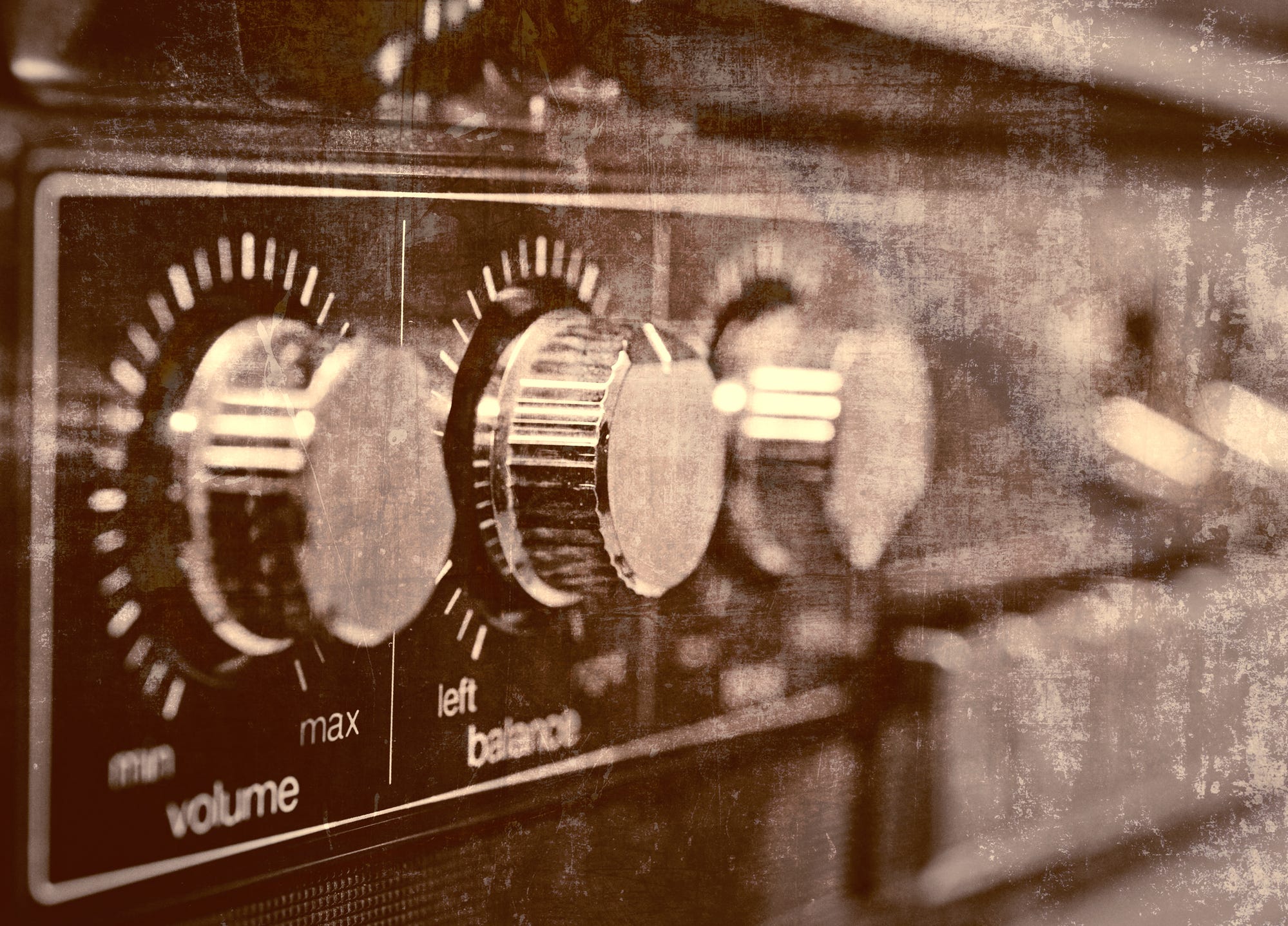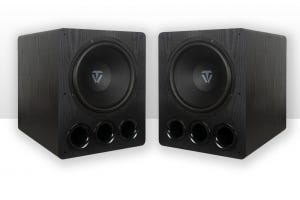
Vinyl lovers will almost always find themselves asking this question at some point in their lives: what is a phono preamp, and is it necessary in my turntable setup? The short answer is yes, a preamp is a necessary component of a turntable audio system, but you may not need to buy one depending on the equipment you have. Let's take a look at what a preamp actually does and the times when purchasing one is required.
A phono preamp, also called a phono stage or just a preamp, is a device that boosts the audio signal coming from the turntable before it is sent to the amplifier, as the name implies. On its own, a turntable produces a phono level signal. In other words, the volume of the audio signal is very low. A phono preamp will amplify the signal to a line level signal. A line signal is the standard volume level outputted by home audio components such as DVD players or streaming devices. The line signal can be connected to an input on an amplifier, receiver, or active speakers.
If you try to connect the phono signal to the amplifier directly, the result will be an audio signal that is incredibly quiet and lacking in bass frequencies. Phono signals have a treble-heavy balance of frequencies, because bass frequencies are significantly reduced when records grooves are cut. So, a preamp will not only boost the volume of the signal, but will significantly boost the lower frequencies to re-balance the audio.
A phono preamp is an essential component if you're listening to a turntable. However, you may have a turntable system yourself and never purchased a phono preamp. There are many instances when you don't need to purchase one separately:
1. Turntables have built-in preamps
Almost all entry-level turntables will feature built-in phono preamps, so if you just got a record player and plugged it right in with no issues, it probably has one built into the chassis. If you're not sure if your turntable has a built-in preamp, check the outputs. If you see a line output, then there is a preamp built in, and you can connect a line level signal straight from the turntable to an amplifier or receiver. If you only see a phono output, the signal needs to be connected to a preamp first.
Turntables with line level outputs typically are able to switch between phono and line. This allows you to use a separate phono preamp if you so choose. Built-in preamps aren't going to be the highest quality, so many people opt to use their own.
2. Receivers have built-in preamps
If you have an AV receiver, it should have a built-in preamp. This largely depends on when the model was built, but you can check for a built-in phono preamp in the same way as with turntables. Simply check for a phono input on the unit. If the receiver has a phono input, you can plug the turntable output directly into it.
3. Some powered speakers have built-in preamps
In some cases, powered speakers actually have built-in preamps as well. While the selection is limited, you might have or be interested in one of these options. Again, speakers with built-in preamps will have a phono input.
When do I need to buy a preamp?
There are two main reasons why people choose to use standalone preamp units. Of course, if your system does not have any built-in preamps, you'll need to buy a standalone to get a line level signal. Many audiophiles opt to use standalone preamps because they are generally higher quality than built-in ones. A standalone can produce higher fidelity sound and will reduce noise in the signal, giving you clearer audio. If you have a high-end turntable, amplifier, and speakers, you will want to use a high-end preamp to protect the quality of the signal and get the most out of your equipment.





